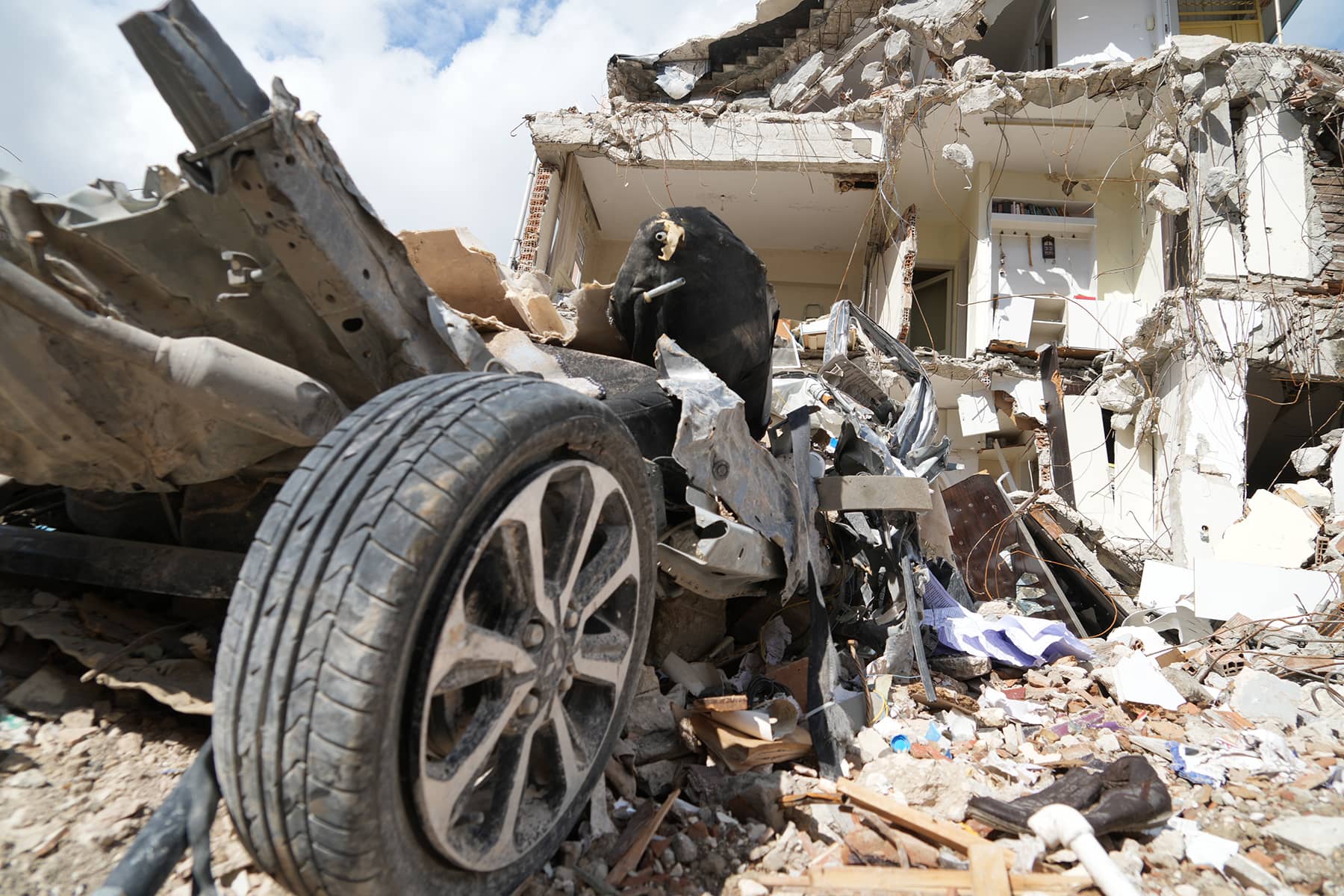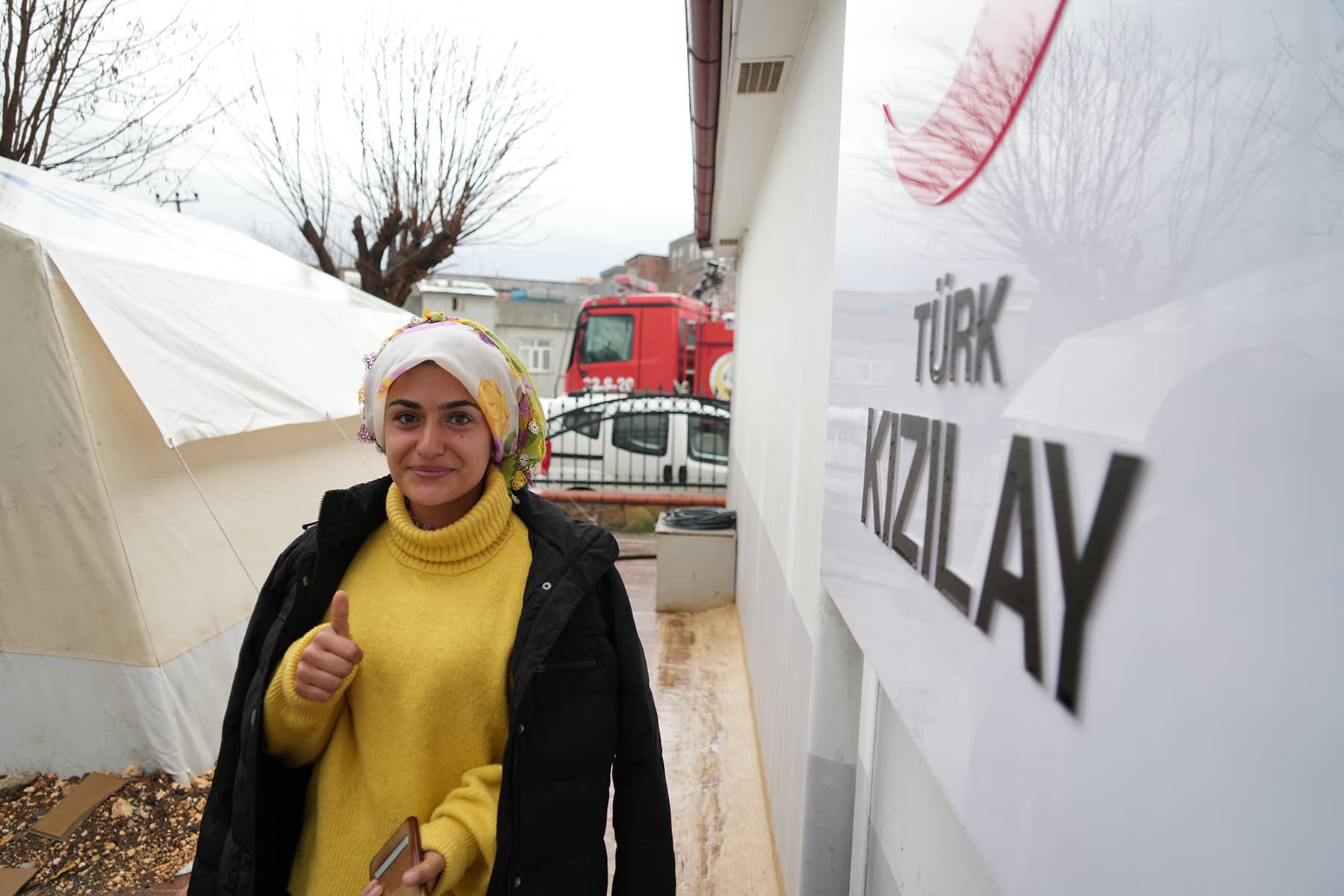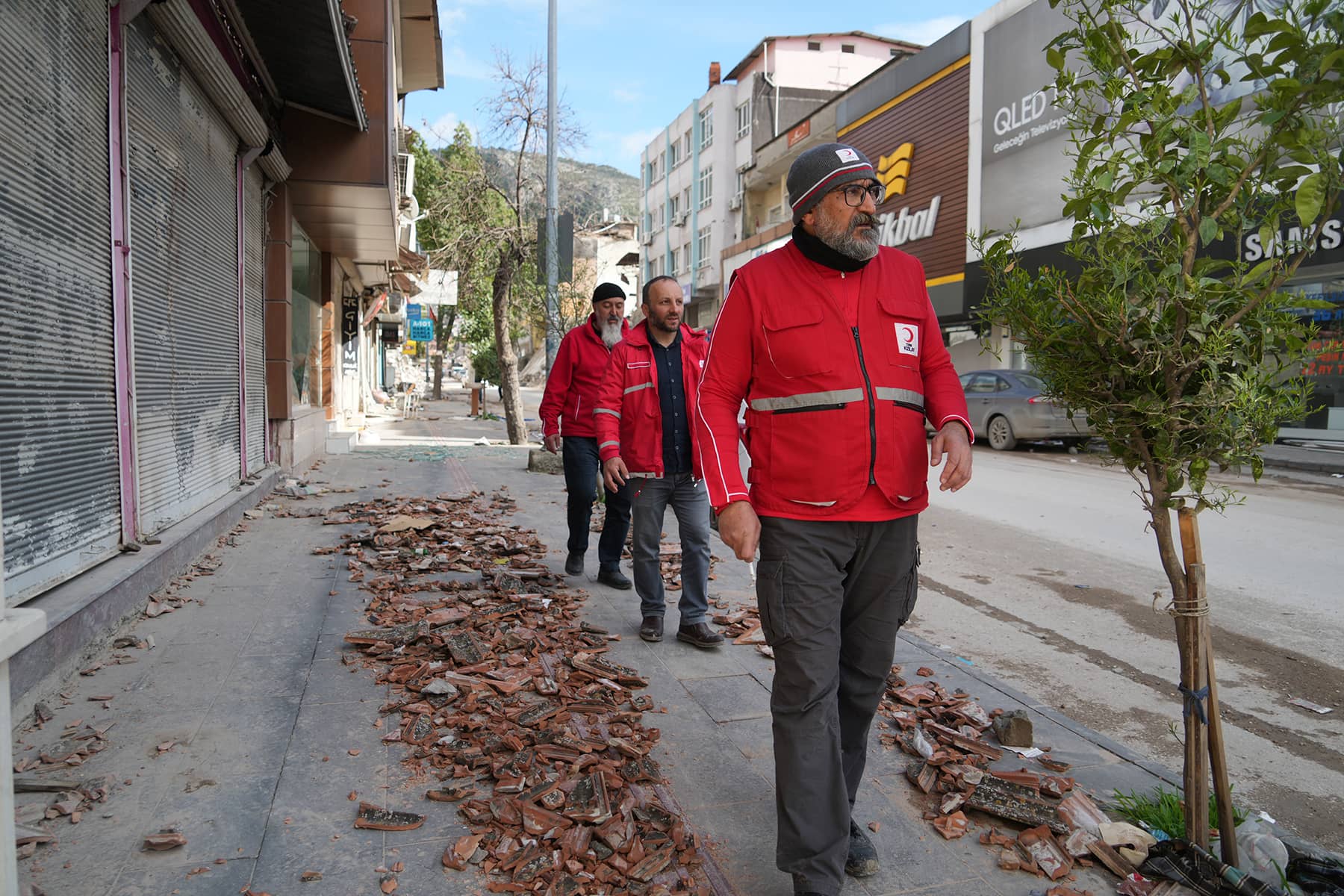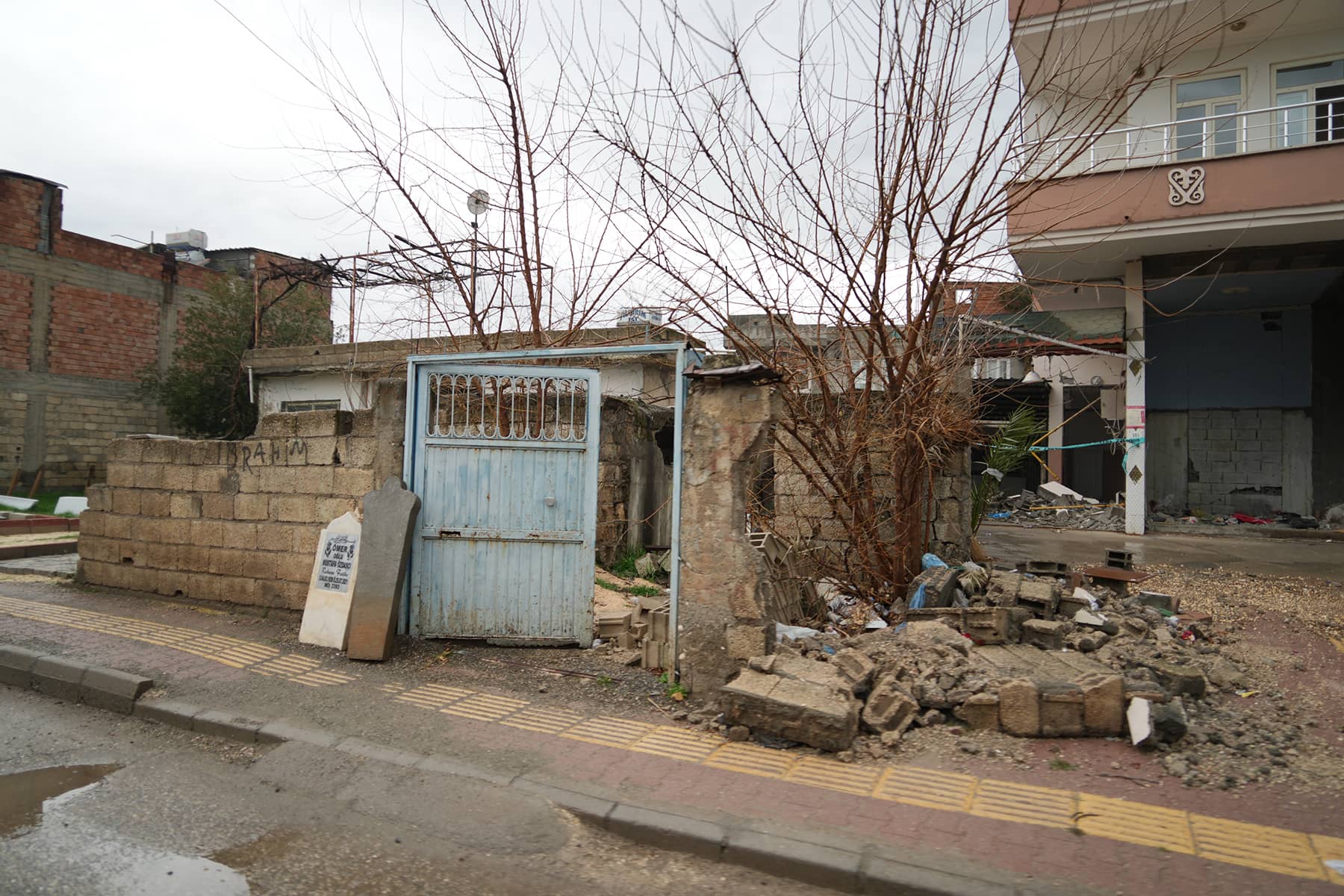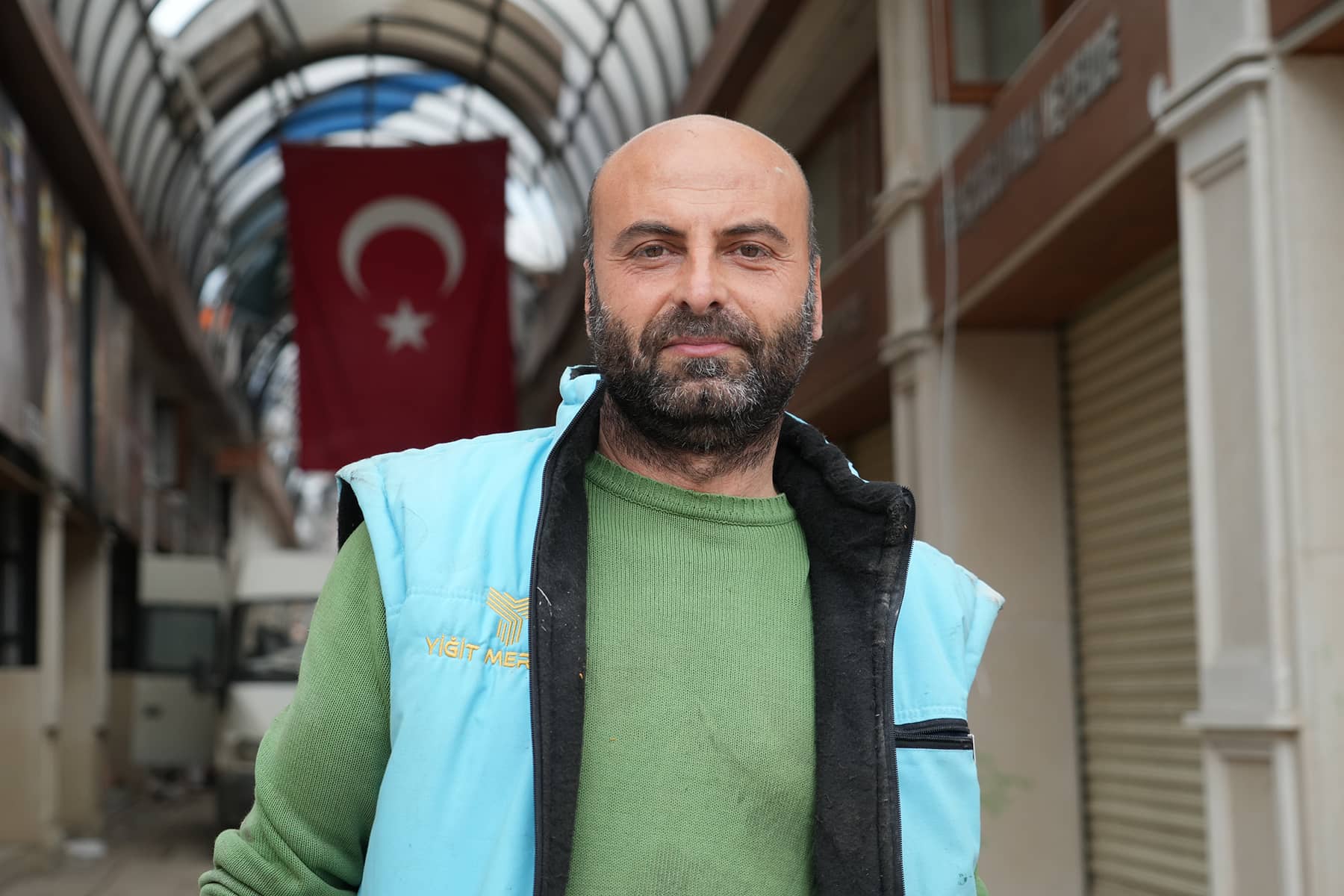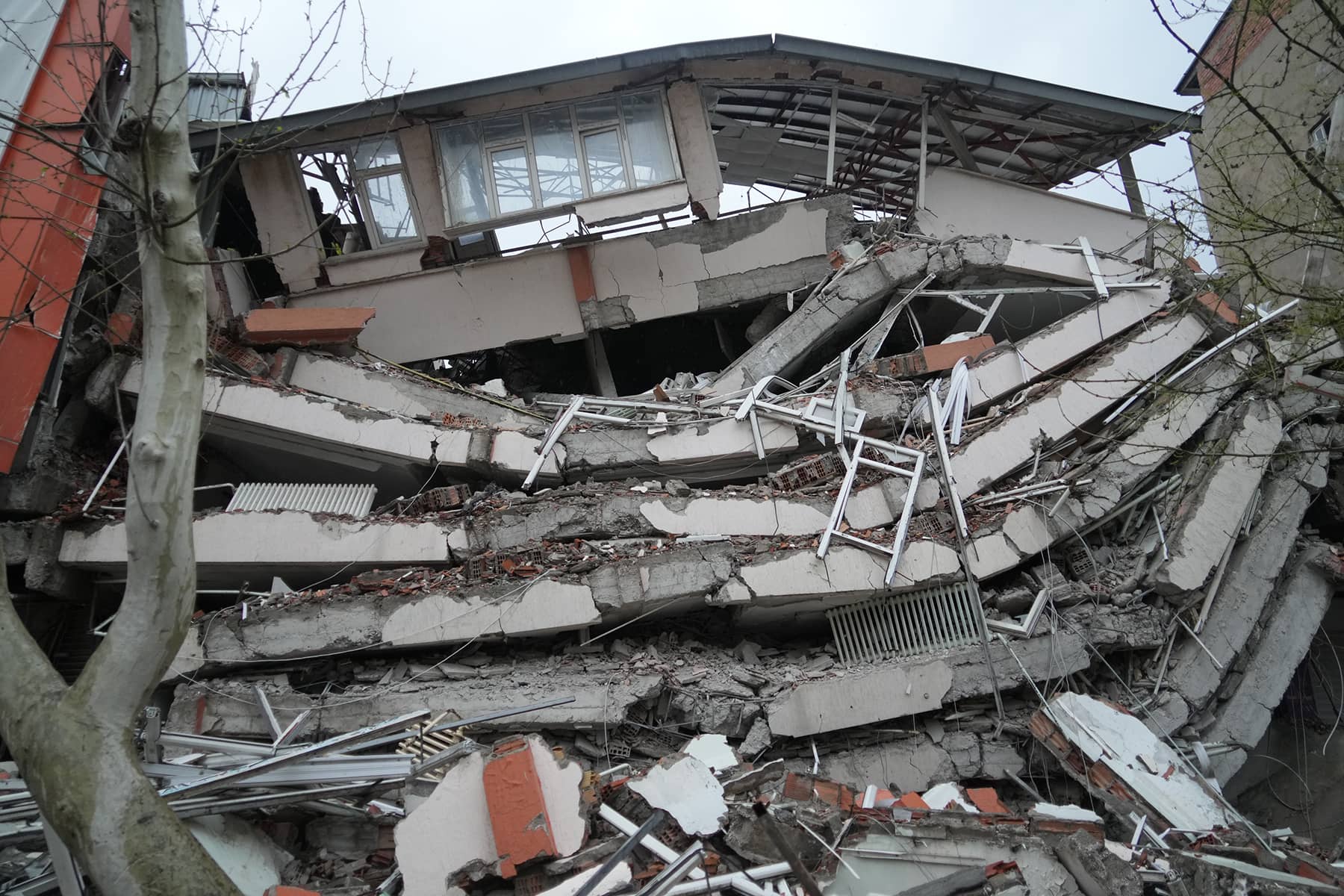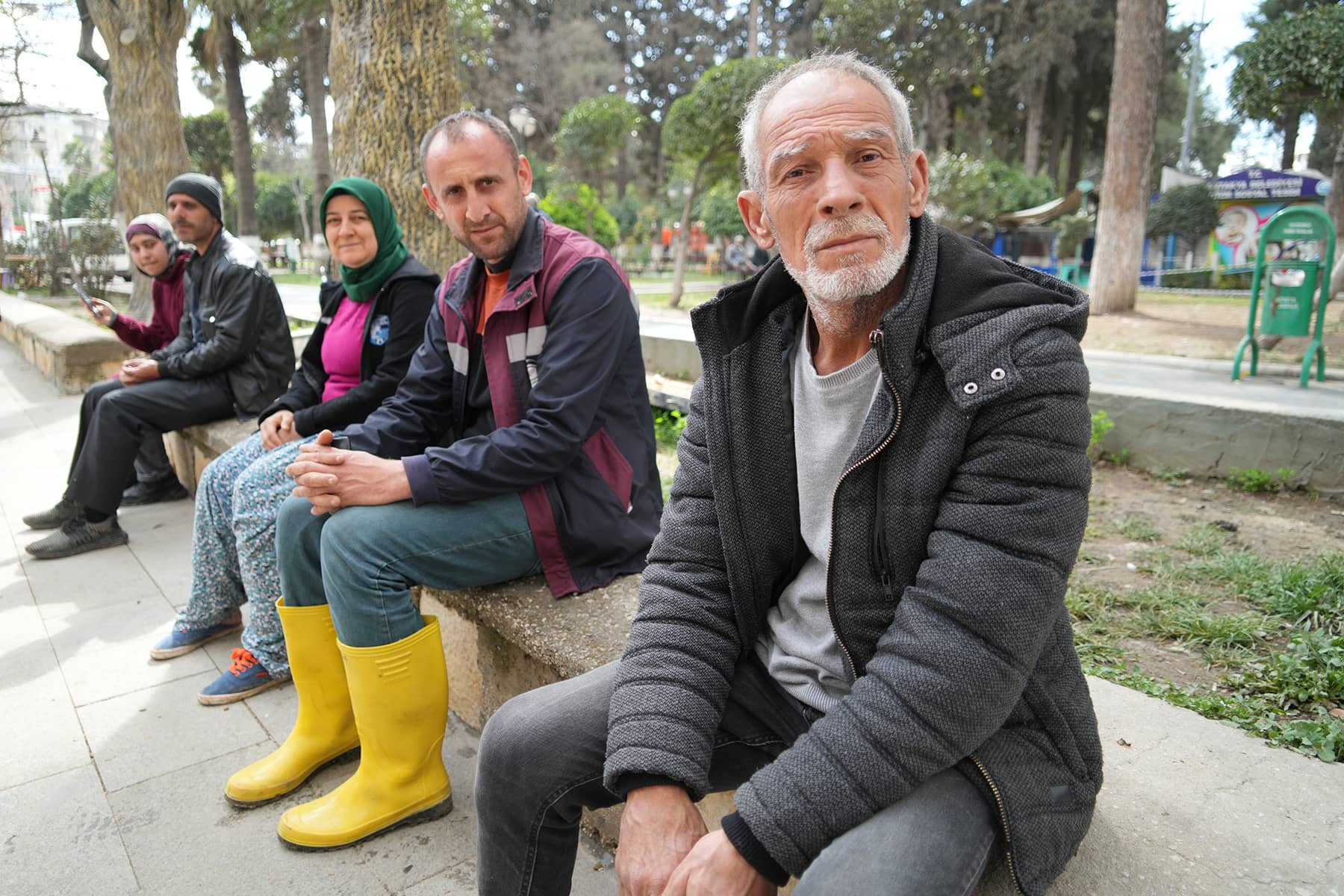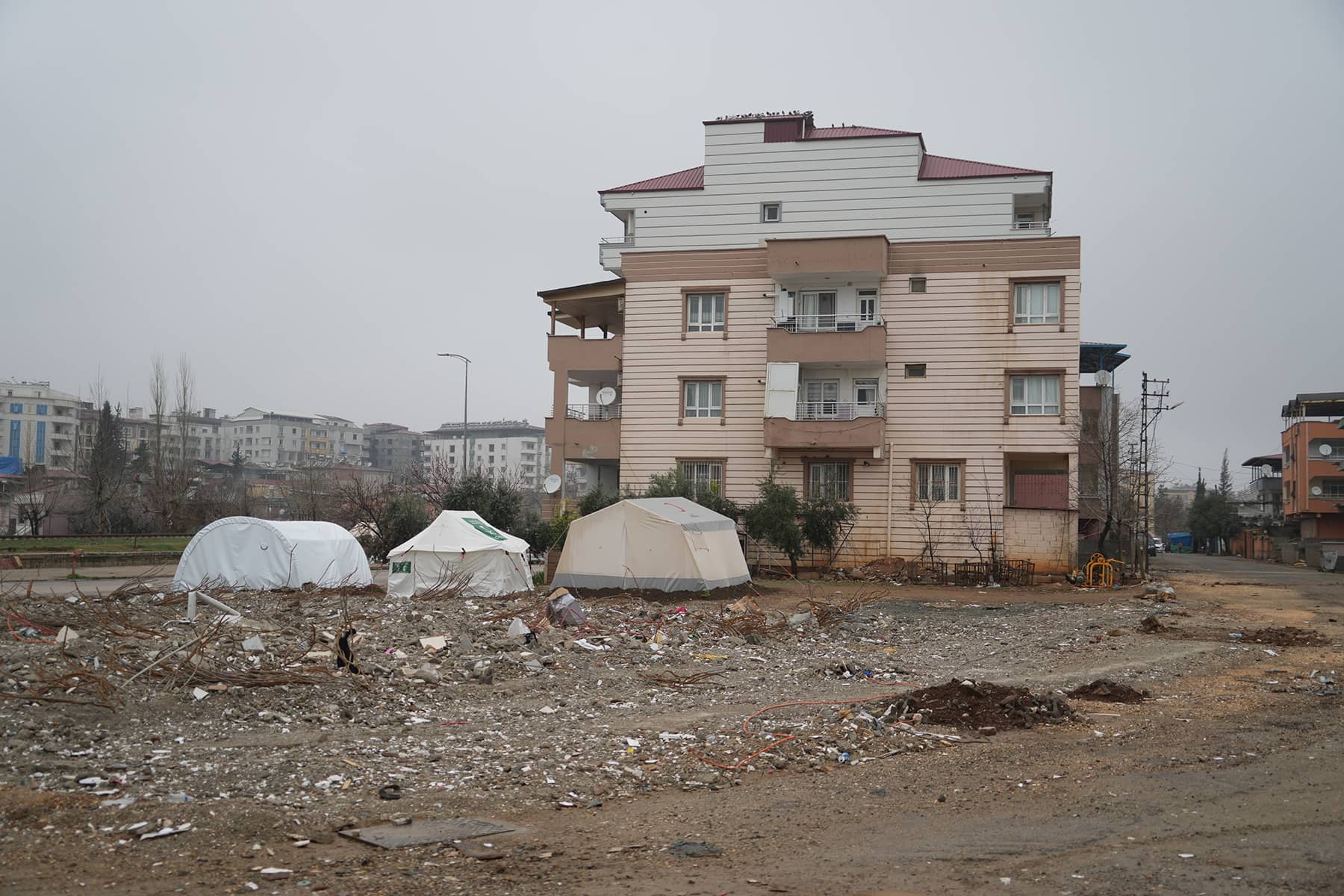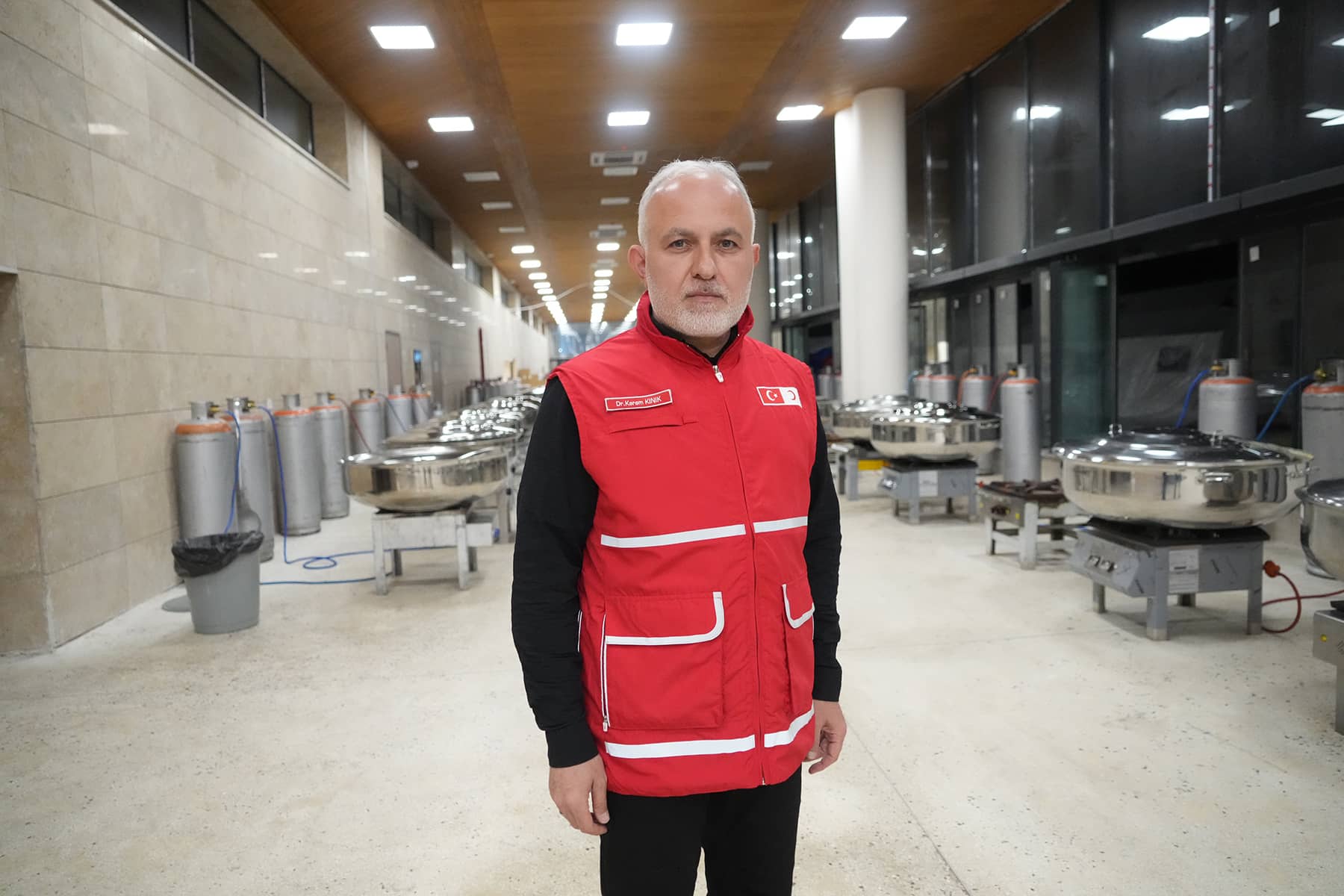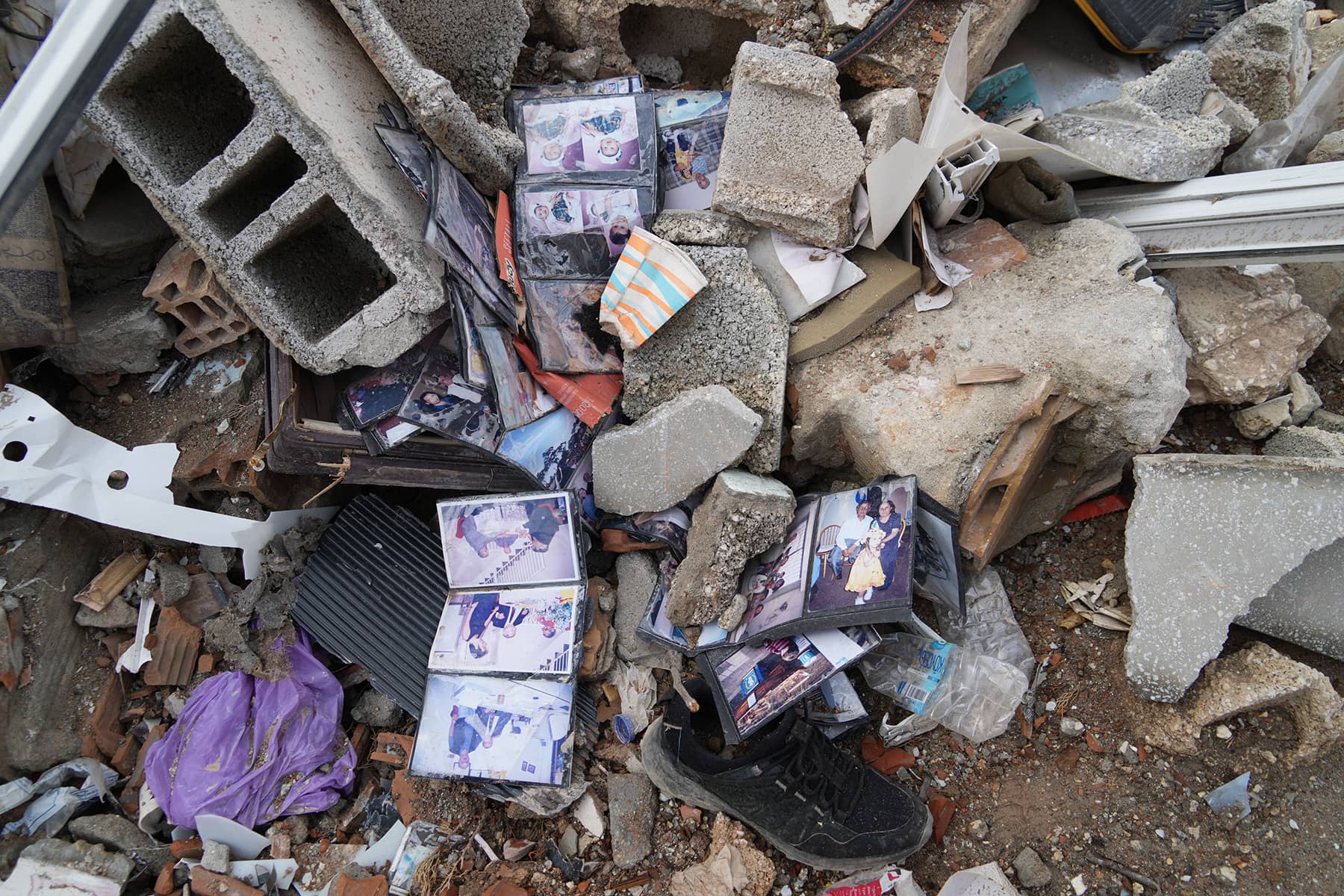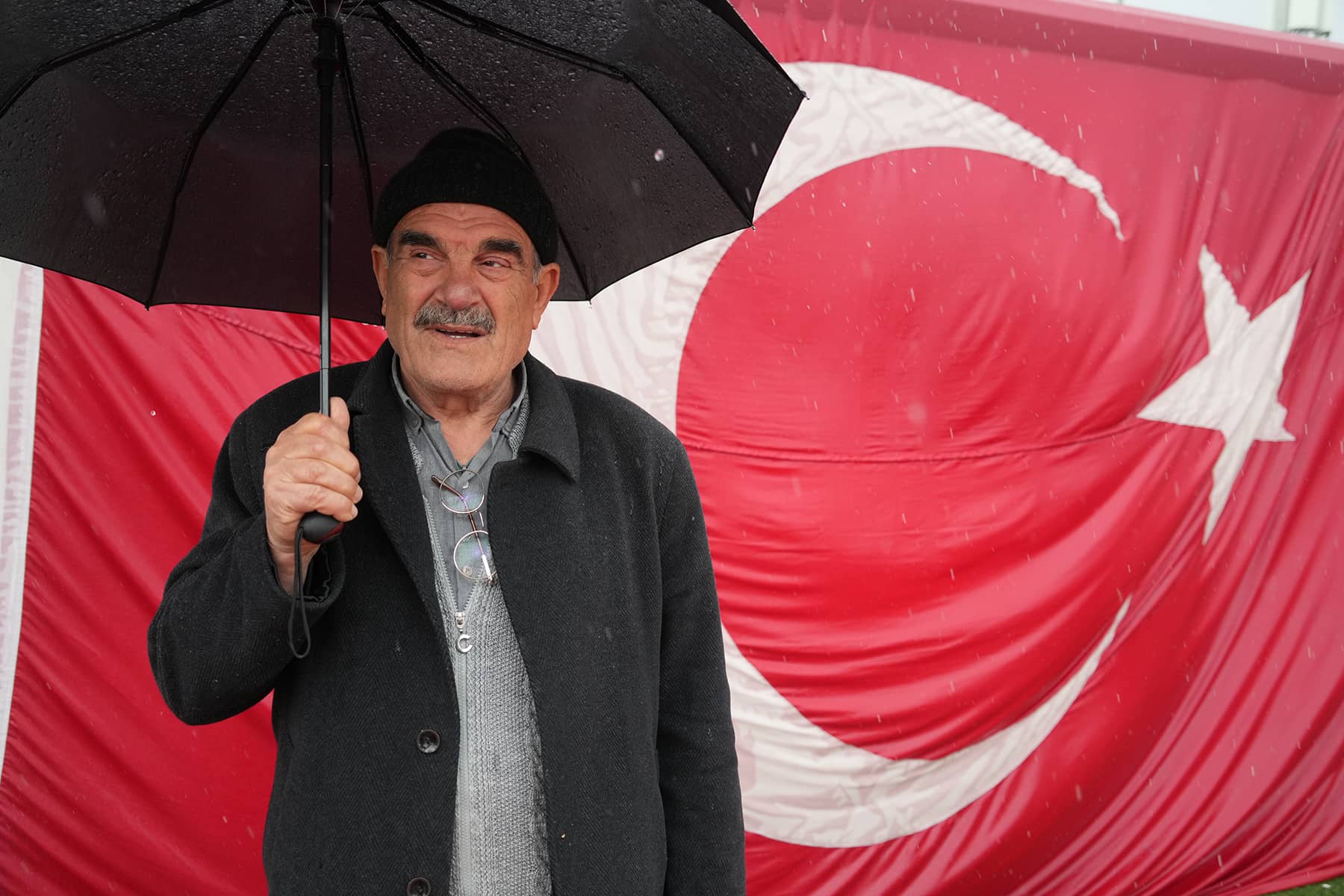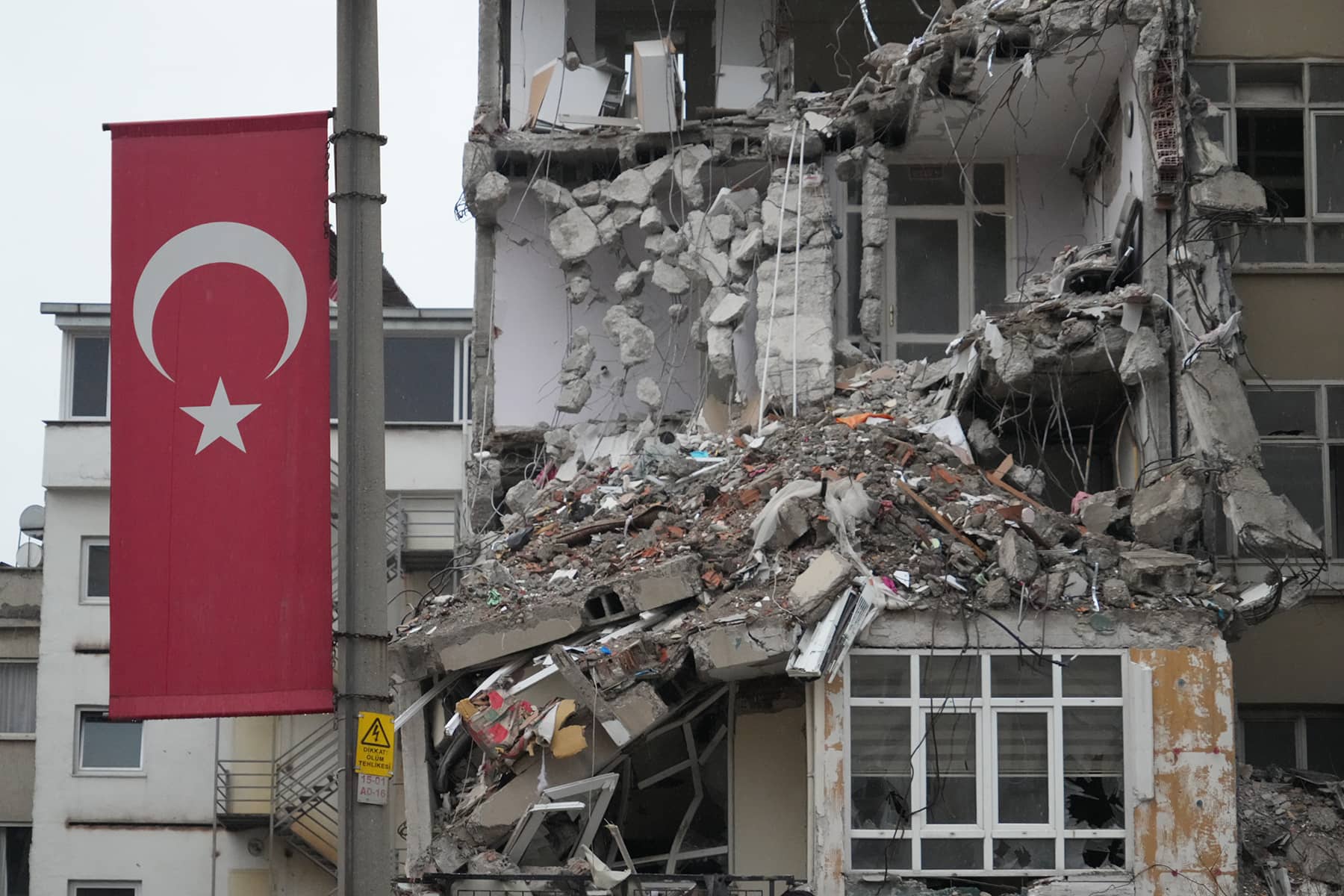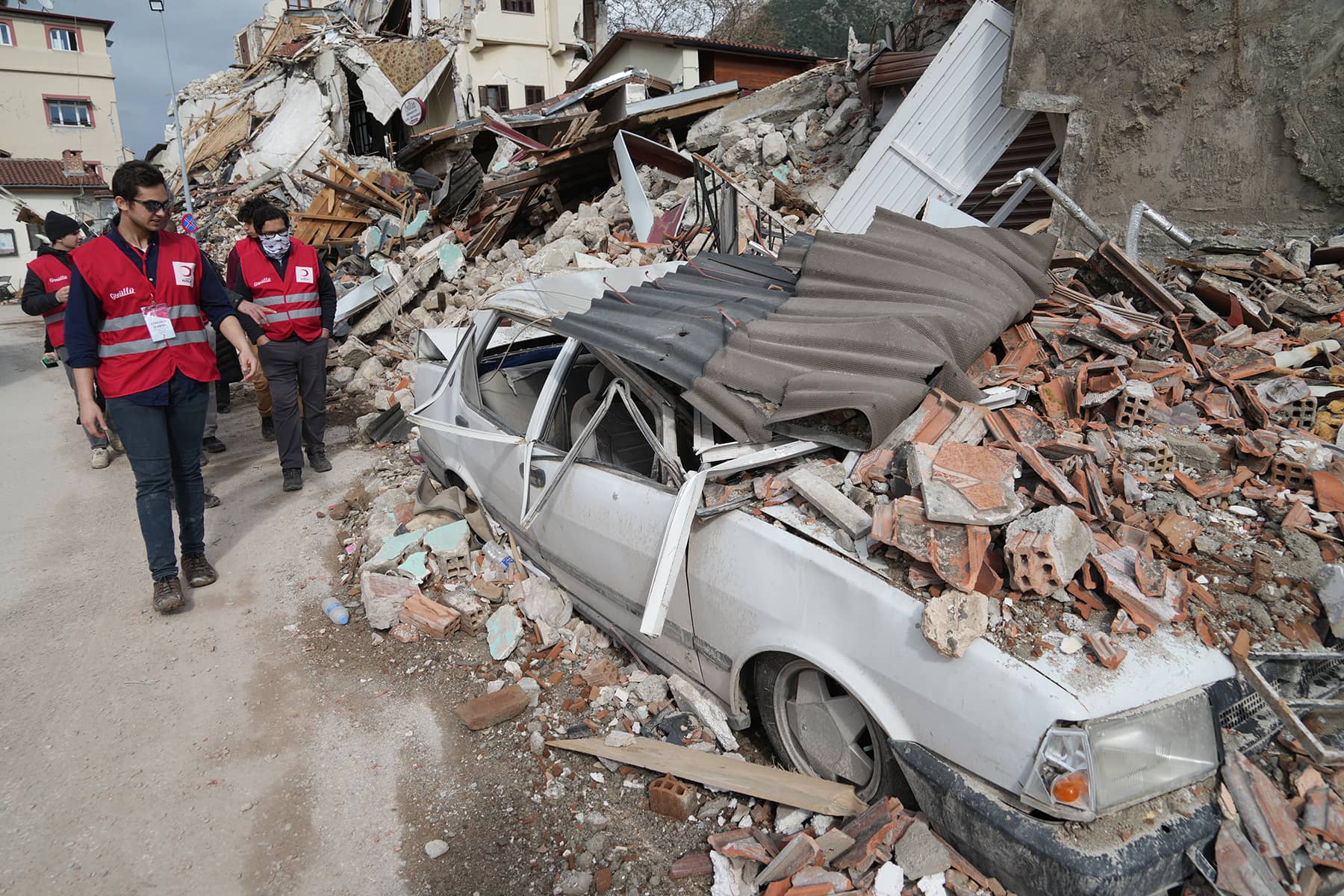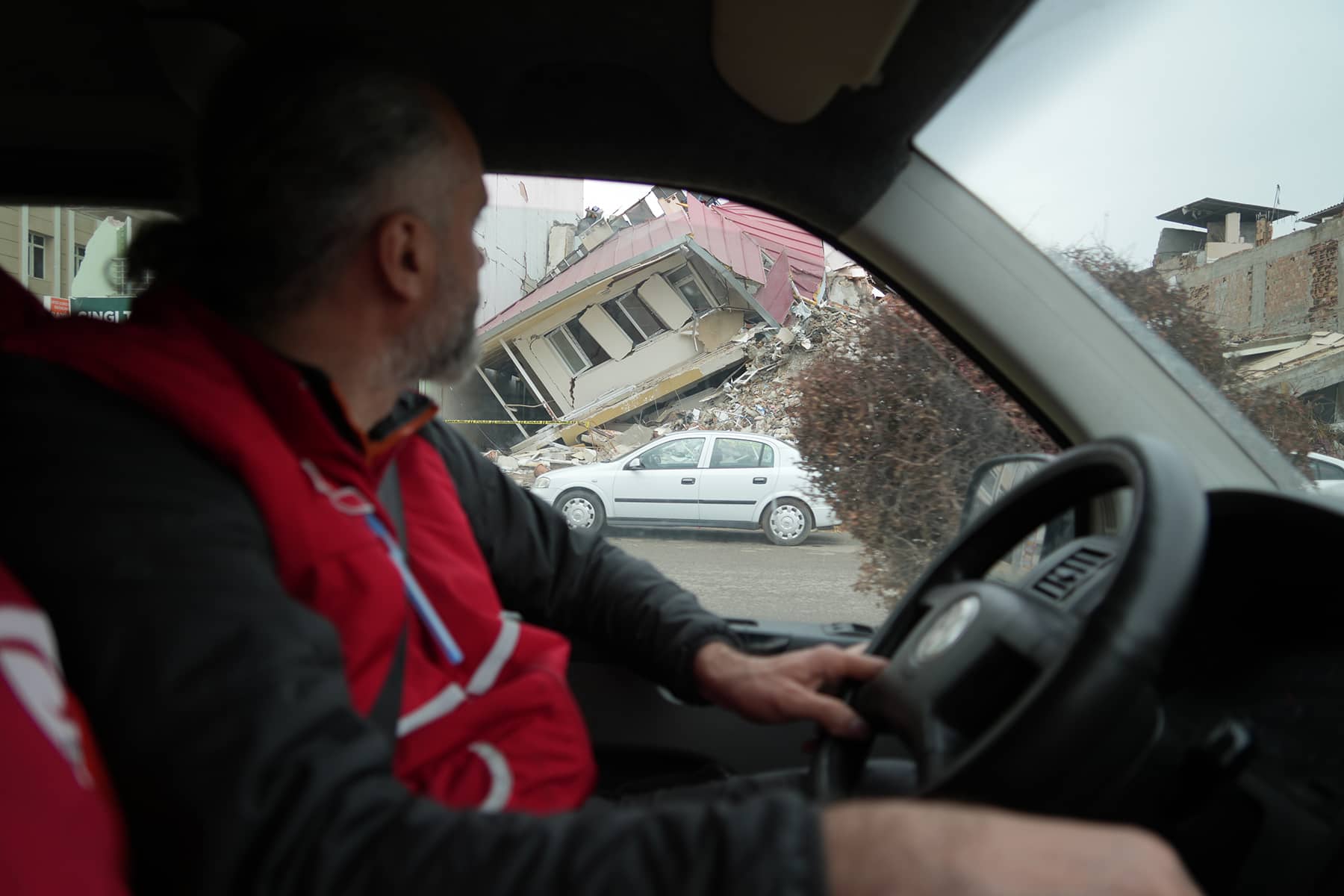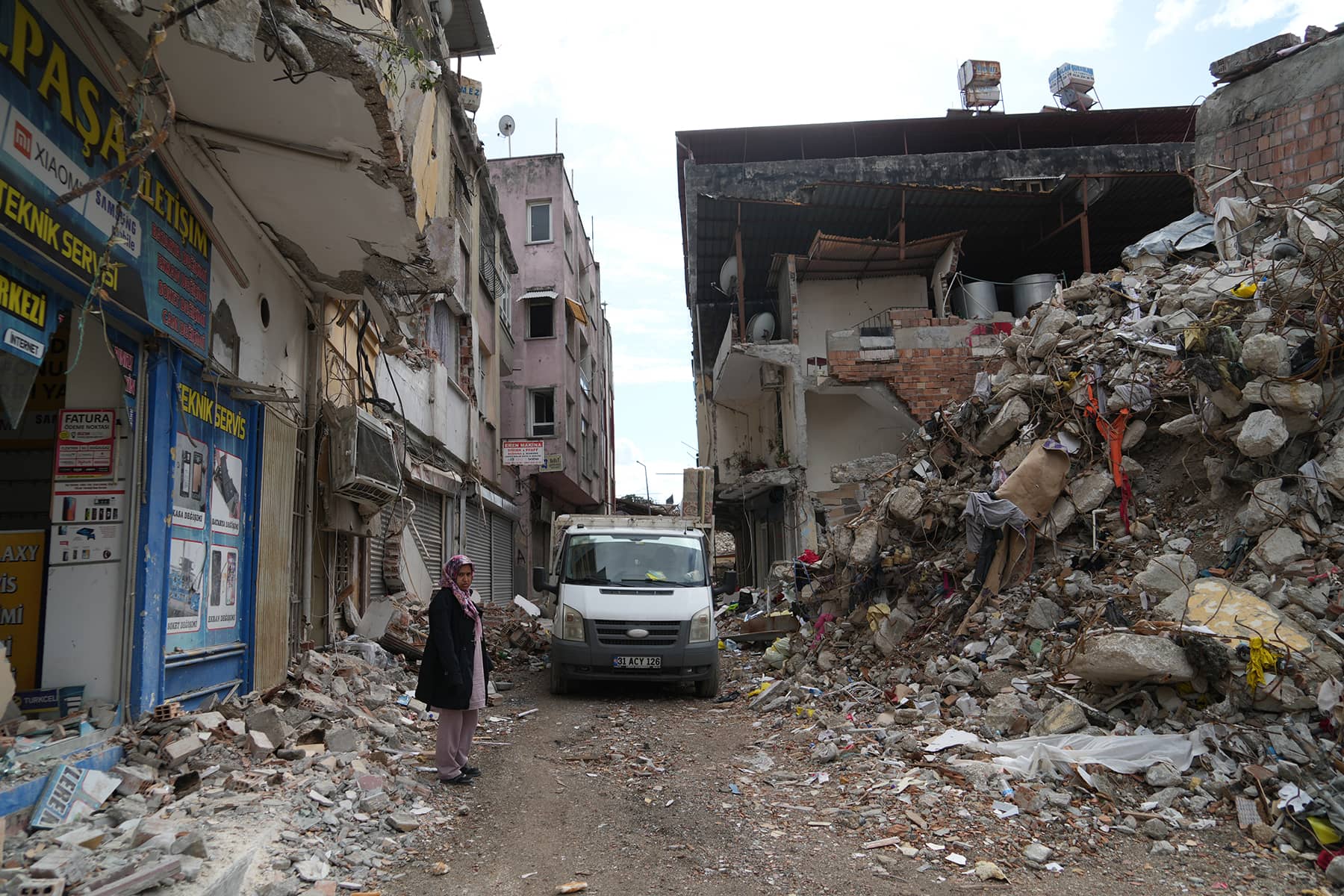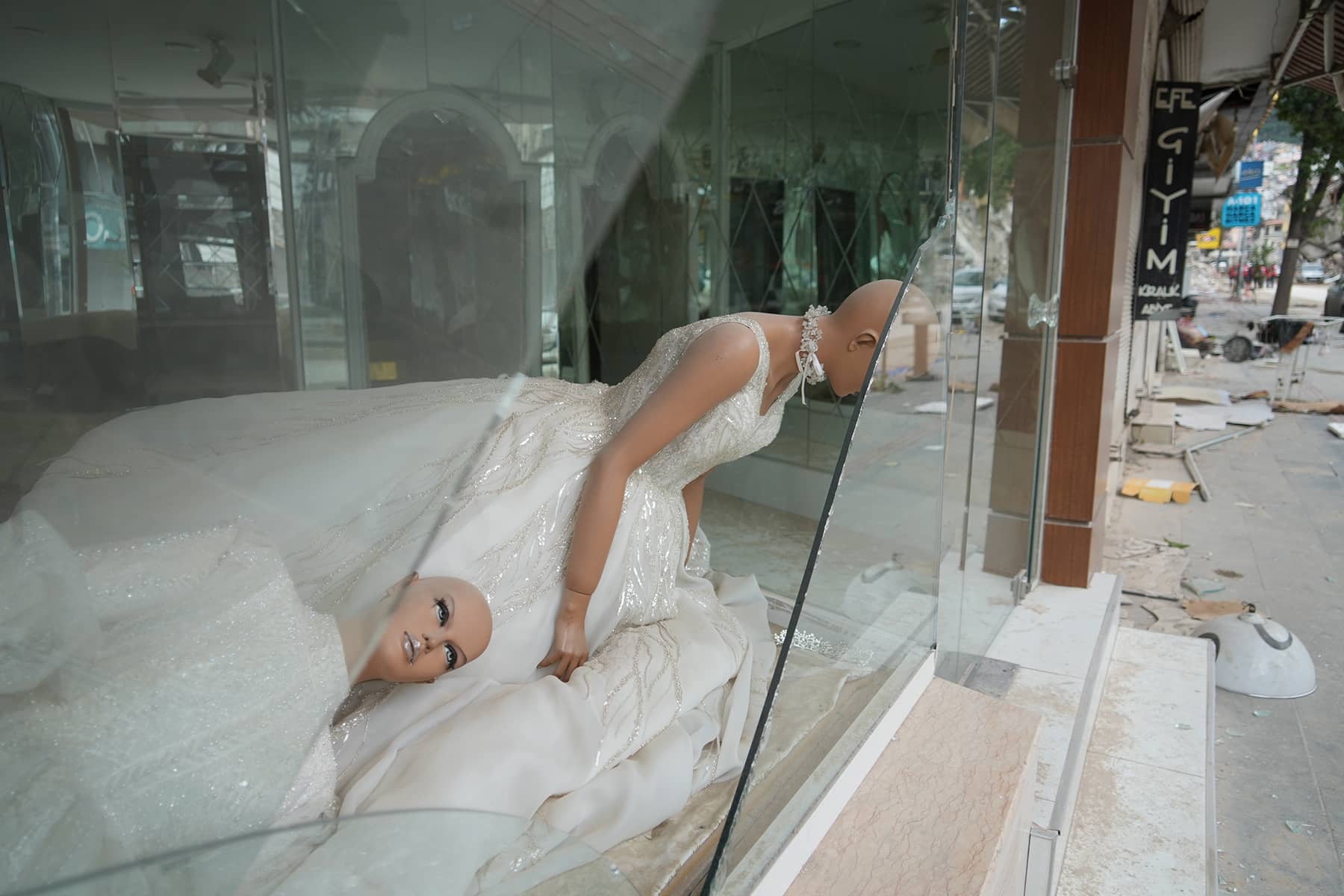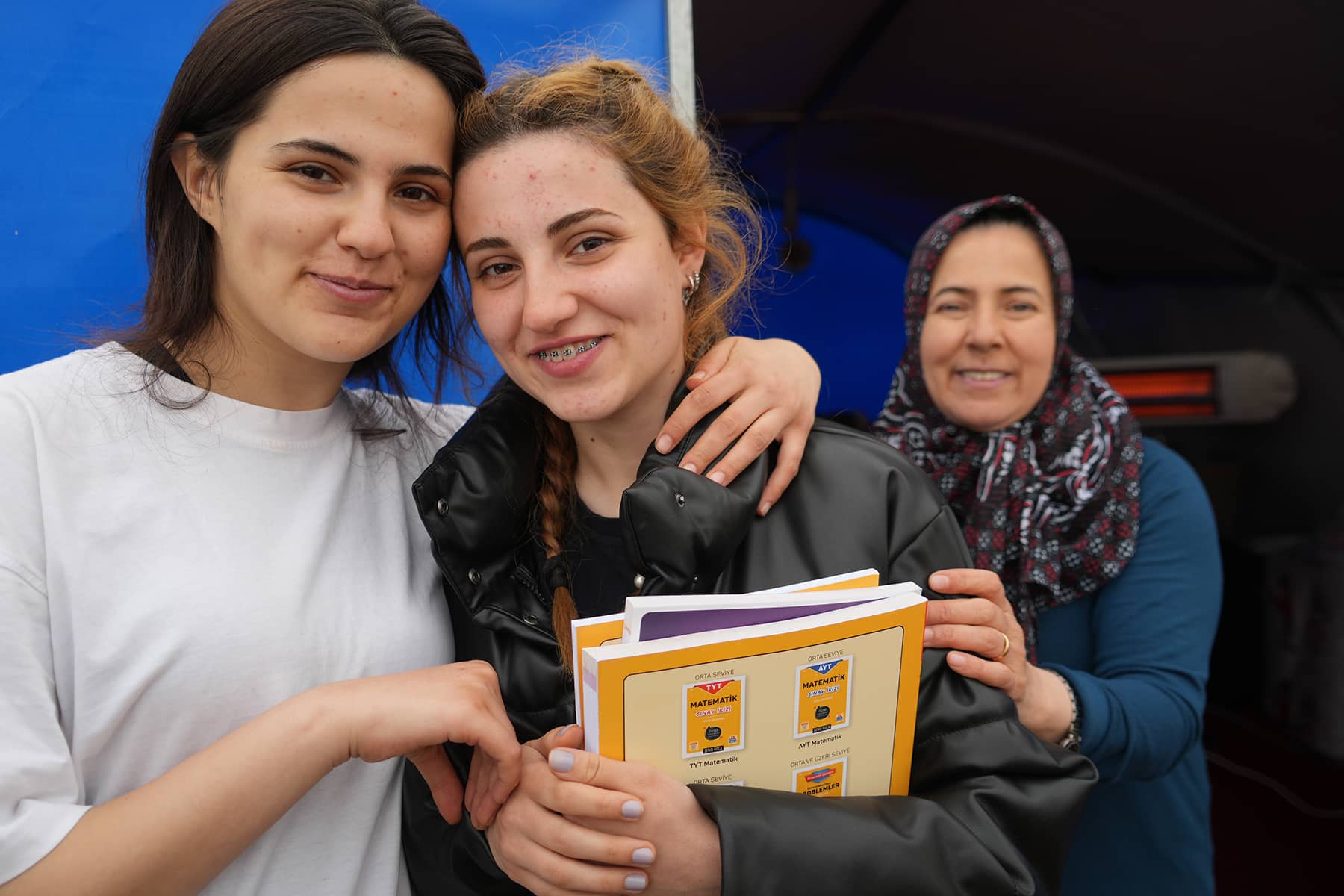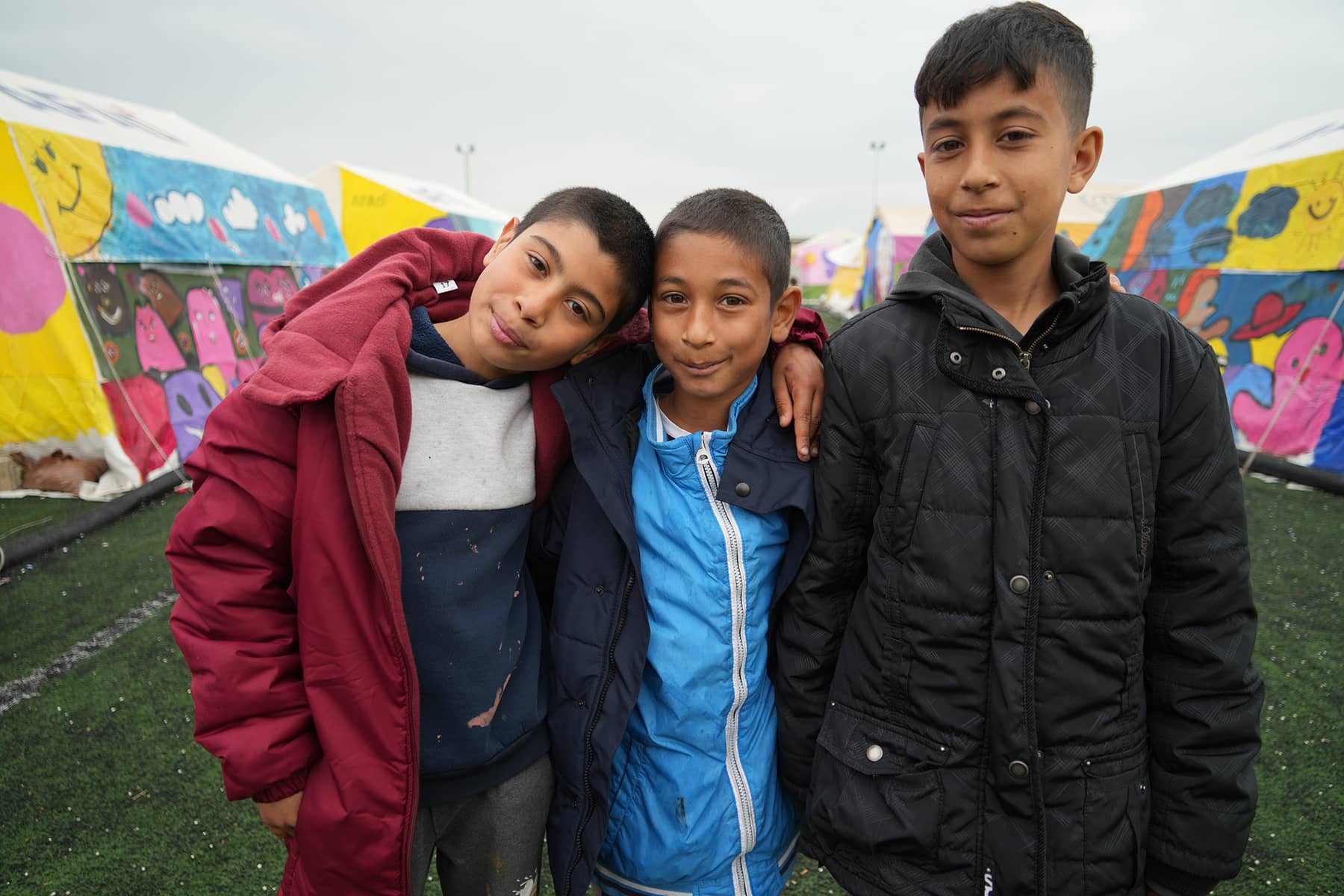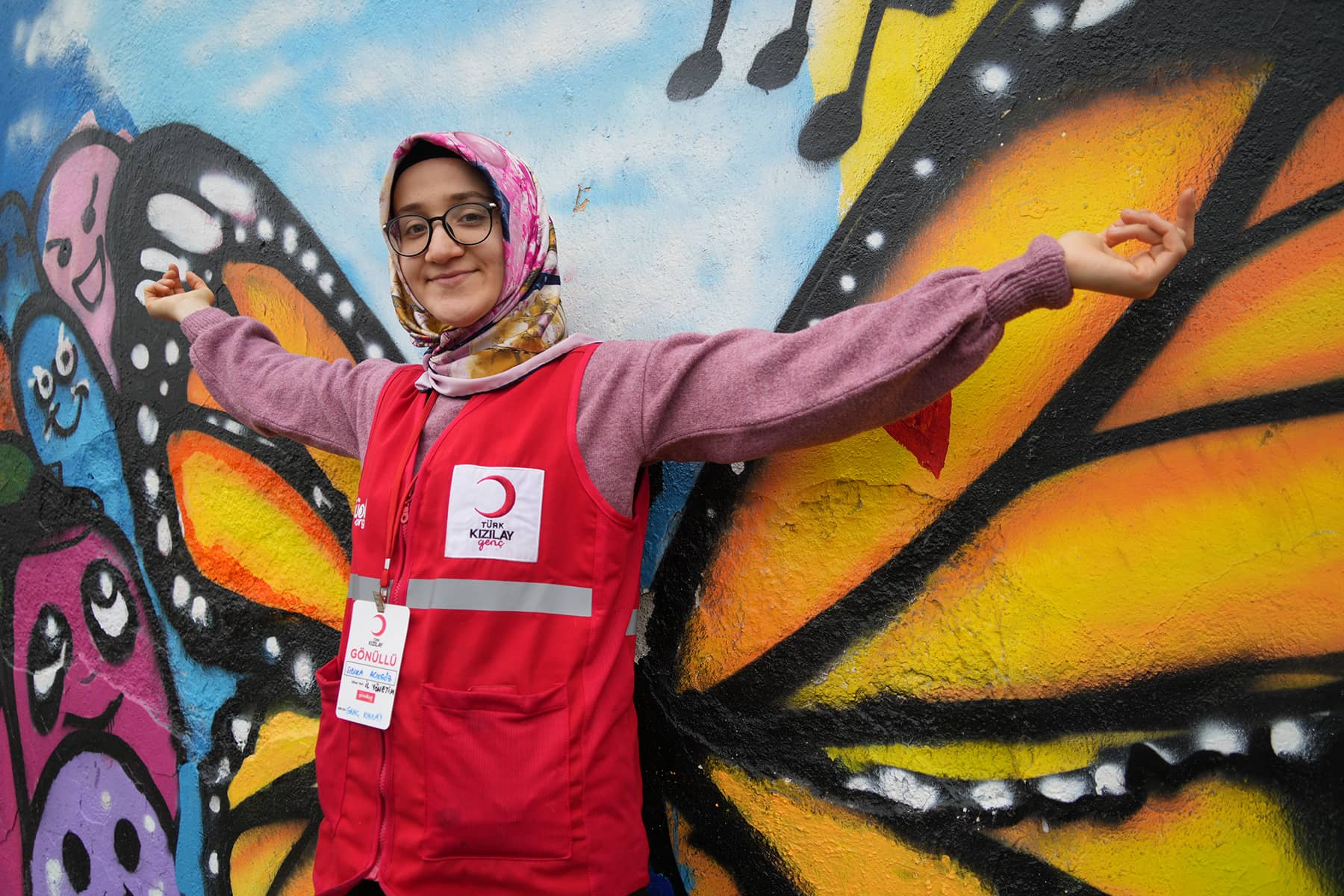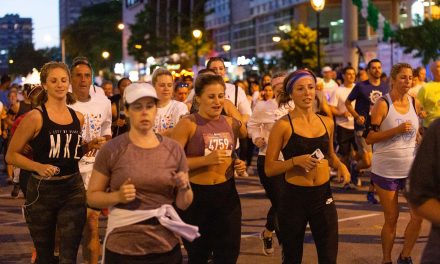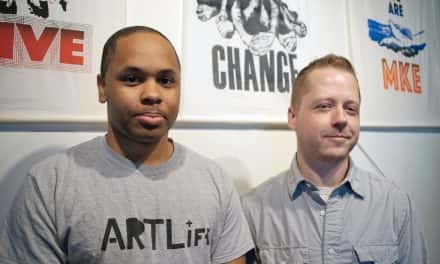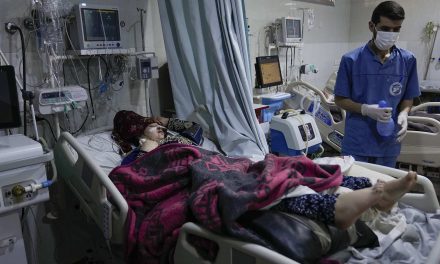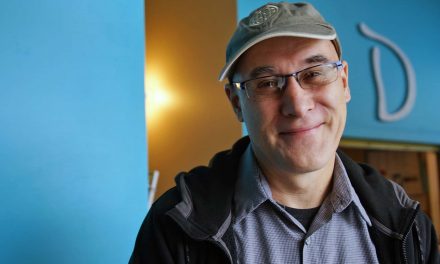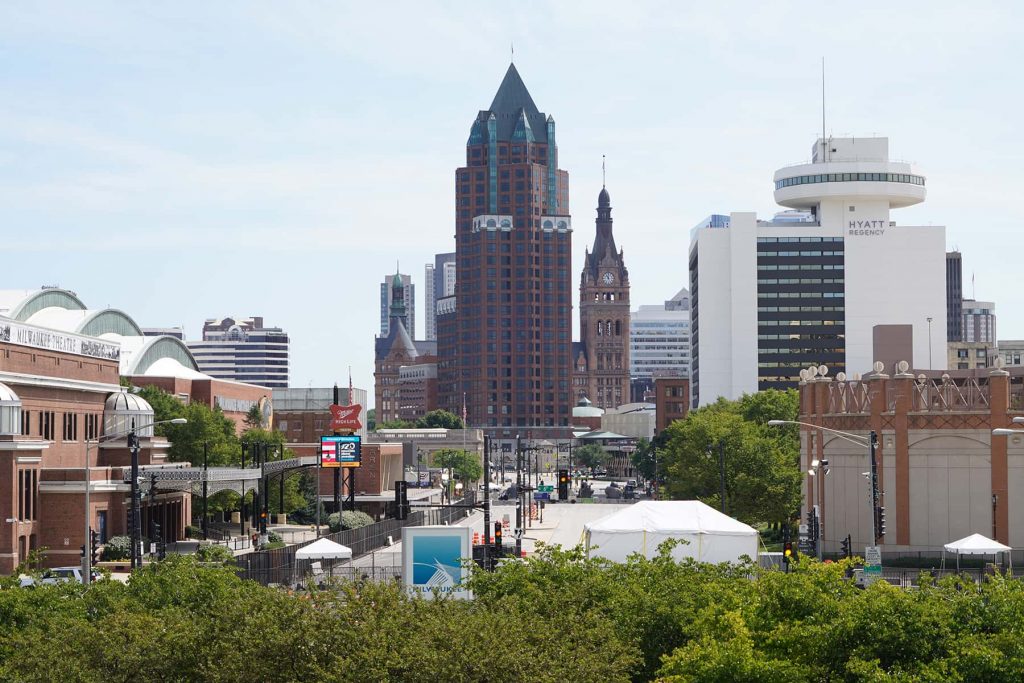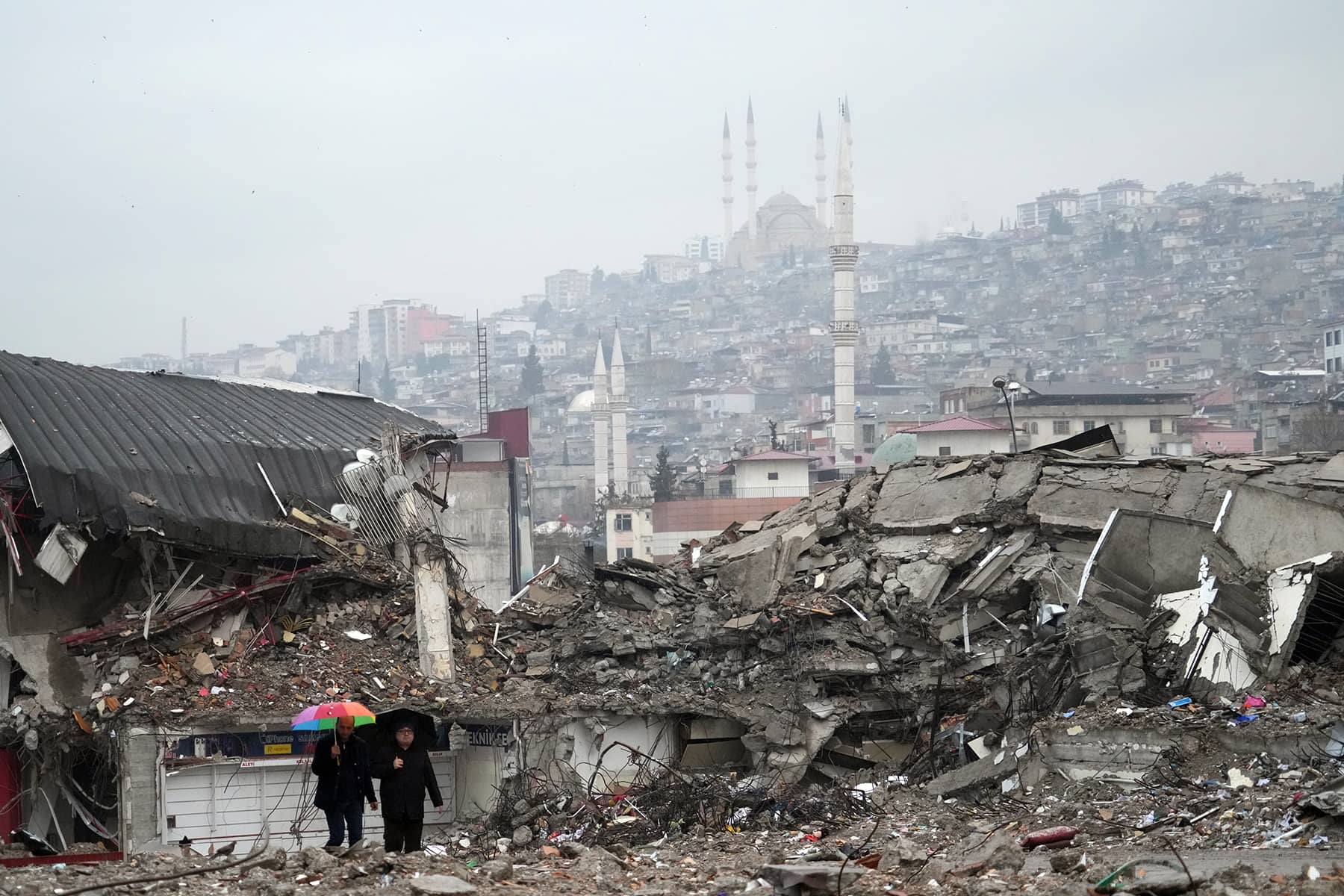
Earthquake Mission in Türkiye: A massive earthquake struck Türkiye and Syria on February 6, leaving tens of thousands dead and millions homeless. Milwaukee Independent was invited by a team of American doctors and clergy to document conditions in the hardest hit parts of Türkiye a month later, embedded with the Turkish Red Crescent, Türk Kizilay. This special series offers a snapshot of the situation in Adiyaman and Antakya in images, with stories from first responders and survivors of the unfolding natural disaster. mkeind.com/earthquakemissionturkiye
On March 16, a handful of doctors and clergy from American universities completed a weeklong review of conditions in Türkiye, a month after the country experienced the devastating February 6 earthquake. As a photojournalist for “Milwaukee Independent,” I was embedded with the team to document the efforts of Türk Kizilay, the Turkish Red Crescent, to assist survivors of the natural disaster. We were introduced to the organization’s extensive operations in and around the city of Adiyaman and Antakya, the capital of Hatay Province and known in antiquity as Antioch.
For me personally, the invitation to Türkiye came just days after the February 6 earthquake, and a mere week after my previous overseas assignment to Jordan concluded. I had been embedded in a medical mission with SAMS (Syrian American Medical Society) who were helping Syrian refugees in Za’atari and other camps.
It was because of the in-depth series published by Milwaukee Independent, focusing on my extensive photojournalism, that I was considered for the earthquake mission.
> Read: Medical Mission To Jordan: A journey from Milwaukee to help Syrian refugees
By the time plans had been finalized, I found myself traveling to Türkiye on March 11. That date coincided with the 12th anniversary of the Tōhoku earthquake and tsunami, a catastrophic event that destroyed the city of Sendai where I had been living in Japan. I survived that tragedy, but was left homeless and forced to return to the United States after a decade. I was very much a refugee, carrying everything that I owned in a duffle bag, who happened to have an American passport.
After spending most of my early life overseas, I remained grounded in Milwaukee following that tragedy for the past decade. Over those years as a photojournalist, I covered a variety of political turmoil with far too many protests. That later coincided with the COVID-19 pandemic, a situation I had previously experienced in China during the SARS outbreak.
By 2022, my routine was again upended, but this time not due to a virus or demands for social justice. It was war. In less than a year I found myself covering the invasion of Ukraine in Milwaukee’s sister city of Irpin. That was followed by asylum seekers in Mexico fleeing conflicts in South America. And then two months ago, Syrian refugees in Jordan displace for years from their nation’s civil war.
There were moments when I wondered how I ended up in Türkiye, at ground zero of a massive earthquake that had shaken the region only weeks earlier. But mostly I was focused on documenting everything in images.
If I were to describe what I saw in Hatay Province in one word, it would be “apocalyptic.” Hundreds of thousands of homes were destroyed. City block after city block had become ghost towns, as residents feared the safety of structures still standing and abandoned them.
Seeing an area with 600 apartments flattened was both shocking and hard to grasp in scale. While at the same time, such conditions had been the norm in my experience for so many years. Mass demolition from economic progress, mass destruction from a brutal invasion, and now mass devastation from a natural disaster of biblical proportions.
Neighborhoods were lined with tents outside each home. Many of the dwellings did not appear visually damaged, but families preferred the safety of sleeping outside in the event of an aftershock.
In front of the more damaged homes, resting at the entrance or a gate, were headstones with names already etched on them. They waited for the burial of loved ones crushed in the collapse but who could not yet be recovered.
Part of our journey in Adiyaman was hampered by heavy rains, but we narrowly missed the worst of its impact. We relocated to Türk Kizilay’s base camp in the Kahramanmaraş National Park, where we slept in the same style of tents as families displaced by the earthquake.
The storm continued that night, and a few times I wondered if our tent would survive the pounding rain. In the morning we learned that a flash flood had hit one of the areas we visited just hours earlier. A container home had been washed away, with its occupants lost in the waters. More than a dozen people in Adiyaman would die while we were asleep.
During the trip I photographed many people of all ages as we visited tent and container cities, social markets, mobile kitchens, and miles of residential areas devastated by the earthquake. Everyone I met was in good spirits, and it felt particularly strange to photograph people smiling. Many of the individuals were Syrians, who had spent years in Turkish refugee camps only to find themselves homeless and in camps yet again. Their cheerfulness was in stark contrast to the Syrian refugees who I had met in Jordan.
A member of our team, Dr. Betül Macit, was born in Türkiye and spoke the language fluently. She was an invaluable translator. But often I found myself mostly communicating with simple words and hand gestures to take photos in the hardest-hit areas.
Unfortunately, I have a lot of firsthand experience with documenting the aftermath of tragic events. While I feel personal narratives are powerful, no written words can compare to using a camera lens to capture stories with images.
Türk Kizilay introduced us to many relief workers and volunteers who were providing assistance to the earthquake survivors. The challenges of recording their work, against the scope of such a complete disaster, were immense. Officials have estimated 14 million people were affected by the earthquake. Millions more have either left or were been evacuated from the region.
The relief workers I met were the unsung heroes of the disaster. They put their lives on the line every day to help others, and they did so without any expectation of recognition or reward. They were the true embodiment of compassion and selflessness.
The people they helped were not strangers driven off by war or land appropriation. They were family, friends, and neighbors who all experienced an unlucky spin on the wheel of fate.
For me, it was another week of seeing the terrible terribleness, which left me numb but also emotionally drained. Such situations are very uncomfortable, to witness so much unspoken pain and suffering as people go about their daily lives in the search for some semblance of normality.
As a photojournalist, it is always my hope that my images will inspire others to take action and help those in need. But the world is already very full of tragic images like the ones I took. And even people with kind hearts can only process so much before burning out.
Photographs are about capturing the moment, but also about telling the stories of the people behind the images. Photojournalism can be a powerful tool for change. It can inspire empathy, compassion, and action. It is my hope that communities in Milwaukee, Wisconsin, and around the country will see the humanity of those affected in Türkiye, and understand that they need our help.
Ultimately, I felt the assignment to Türkiye was more than just the documentation of disaster, but a testament to the strength of the human spirit. I saw people who had lost everything and yet remained hopeful and determined to rebuild their lives.
It was an inspiring example of resilience that will be needed for the long road of recovery yet ahead.
Series: Earthquake Mission in Türkiye
- Earthquake Mission in Türkiye: Documenting vast devastation with the Turkish Red Crescent
- Displaced and Deserted: What remains of Adiyaman and Antakya after the February 6 disaster
- Türk Kizilay: Providing emergency relief to those affected by the Kahramanmaraş earthquake
- Refugees without a war: Surviving both a massive earthquake and its toxic trauma in Türkiye
- Thinking about the best way to help survivors in Türkiye when the unthinkable happens
- From Milwaukee to Istanbul: A visual diary from a city at the crossroads of Europe and Asia
A massive 7.8 magnitude earthquake struck parts of Türkiye and Syria on February 6. The Milwaukee public is encouraged to make donations to Türk Kizilay, the Turkish Red Crescent, in support of their vital crisis relief work.
Lee Matz
Lee Matz

